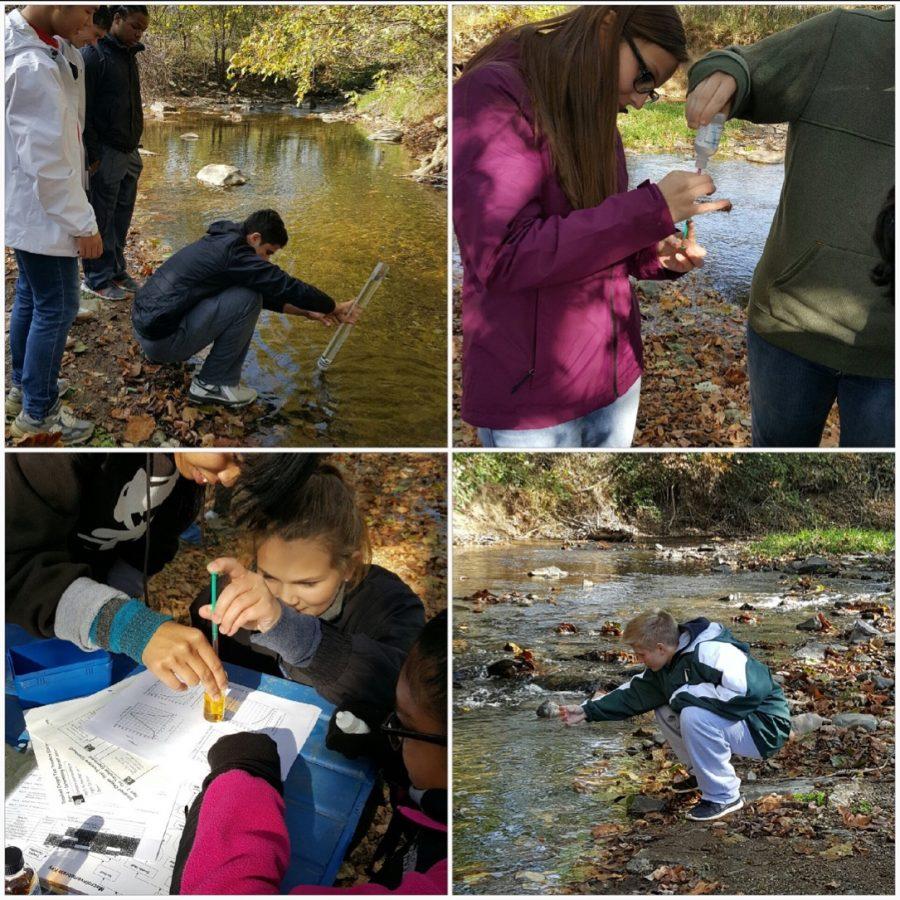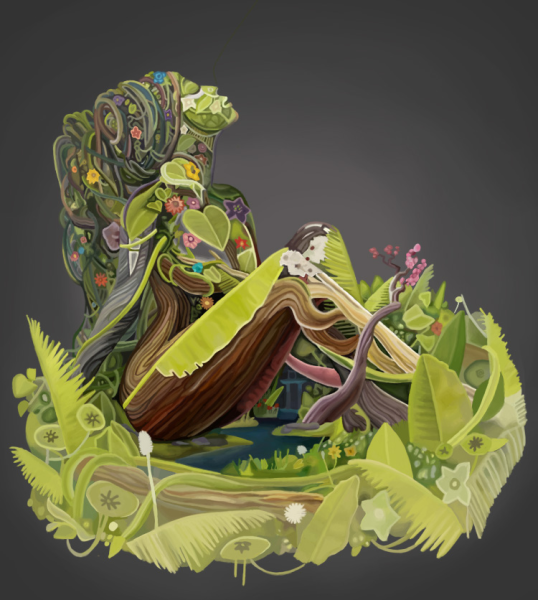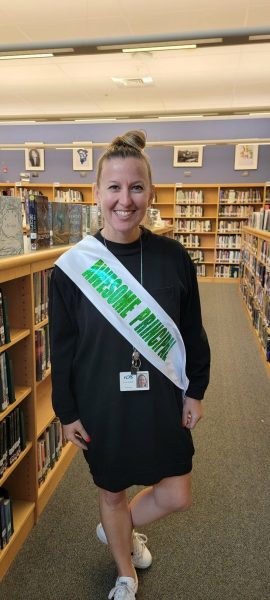Monocacy National Battlefield: AP Bio Field Trip
October 27, 2016
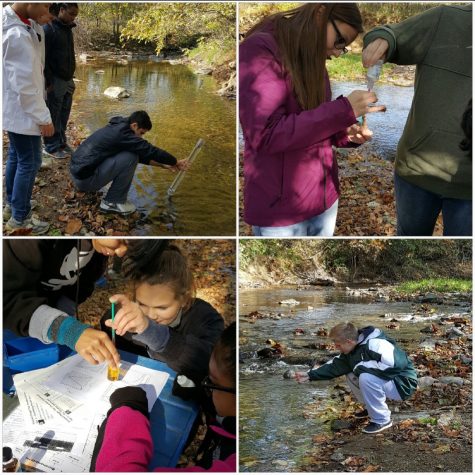
This week Ms. Marcum took our AP Biology class on a field trip to Monocacy National BattleField. The objective of the field trip was to test the water quality of the Monocacy River. You may be wondering what’s the purpose of testing water quality? It’s easy to overlook the importance of water quality because it’s not an issue you’re confronted with daily. However, the Monocacy River is part of the river system that makes up our watershed. Specifically, its a tributary (a stream or river that flows into a larger body of water) that runs into the Potomac River. The Potomac River then feeds into the Chesapeake which empties into the Atlantic Ocean. The quality of a small river like the Monocacy may seem insignificant, but if contaminated, it could affect larger bodies of water.
We started the field trip at the Monocacy National Battlefield Visitors Center. There we were able to meet Park Ranger, Mr. Brian, and Bridging the Watershed educator, Ms. Sandy, who would be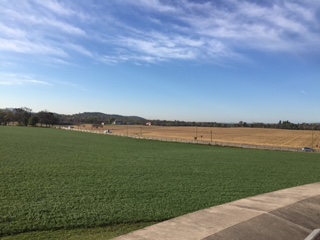 accompanying us. The visitors center had a museum that we were able to tour and an outlook that overlooked the battlefield. Ranger Brian gave a quick history lesson on the Monocacy Battlefield before we went to the river. If you’re interested in a piece of Frederick’s history they have a website with plenty of information! Once we got to the River we seperated into our assigned CLG’s (Collaborative Learning Groups) and got to work.
accompanying us. The visitors center had a museum that we were able to tour and an outlook that overlooked the battlefield. Ranger Brian gave a quick history lesson on the Monocacy Battlefield before we went to the river. If you’re interested in a piece of Frederick’s history they have a website with plenty of information! Once we got to the River we seperated into our assigned CLG’s (Collaborative Learning Groups) and got to work.
The first half of the day we spent running various water tests. Specifically, testing the dissolved oxygen, nitrates, phosphates, turbidity, pH levels and more. We used the data as one form of evidence to determine the health of the river. After lunch we spent the rest of our time collecting macroinvertebrates (spineless macroscopic organisms) from the river. Two members of our group went into the river at a time. One person used their boots to kick up the river floor in hopes of the macroinvertebrates being caught in the net by another person downstream. Once the organisms were collected, we put them into a container filled with water and separated them by species. Then, we counted how many of each species we had. By evaluating the sensitivity of the organisms found in the river, we could better understand the quality of the water. For example, our CLG found a lot of mayflies and caddisflies which can only live in good water conditions. That is one form of evidence the river is in good health.
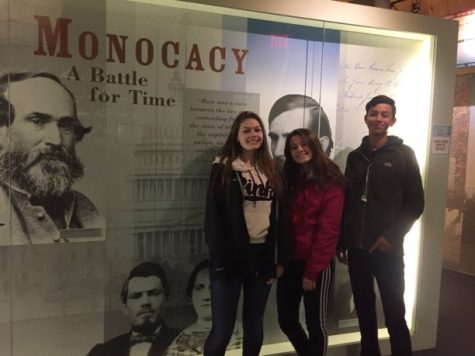
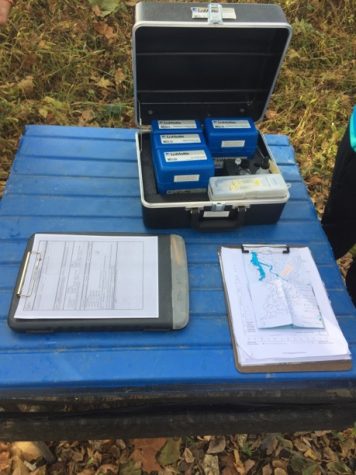
Over the next week we will be comparing our results to determine the overall health of the river based on multiple components. In conclusion, the field trip was a great experience. Personally, I find I learn more when I’m able to physically perform a task rather than simulating it in a classroom. Also, a big thanks to Ms. Marcum, Mr.Brian and Ms. Sandy for their role in the field trip!



